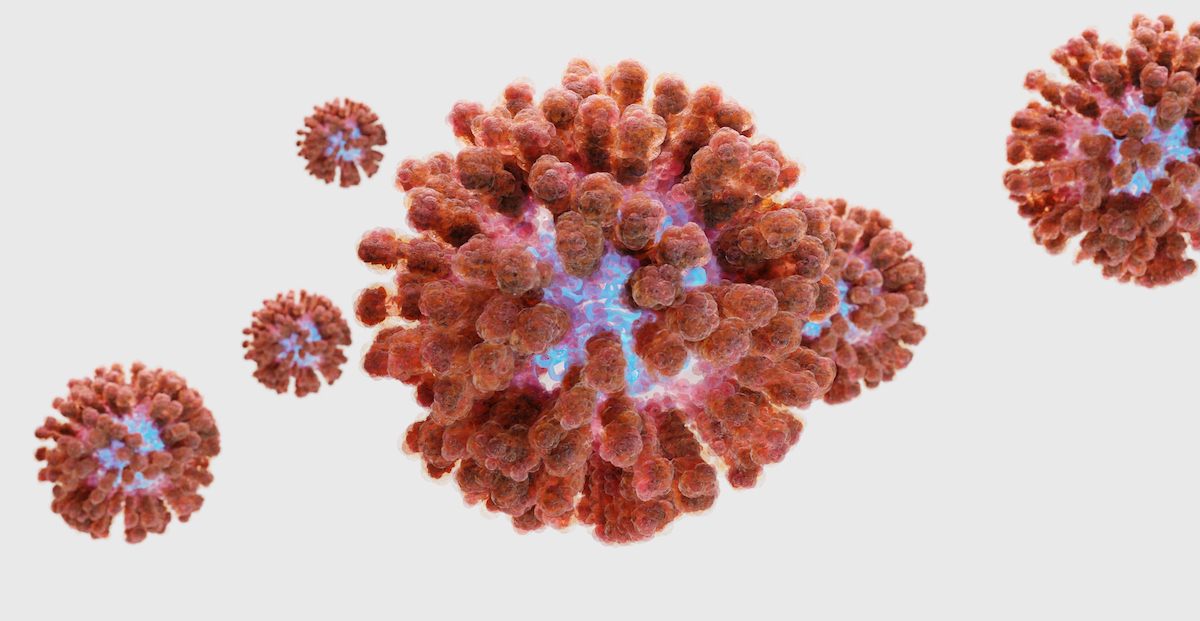<< Back
Omicron in South Africa: Will U.S. Follow This Same Cycle?

December 23, 2021
Three new studies suggest the Omicron variant, first identified Nov. 25 in South Africa, is less likely than the Delta variant to cause severe disease and hospitalization.
In South Africa, where the new COVID-19 variant was first identified Nov. 25, people in the now-fourth wave of infections are 80 percent less likely to be hospitalized than if infected with the still-virulent Delta variant, according to the National Institute for Communicable Diseases in Johannesburg. Another study, presented in a working paper by researchers at the University of Edinburgh in the United Kingdom, associated a two-thirds drop in risk of COVID-related hospitalization when infected with Omicron instead of Delta.
And, on Dec. 23, an analysis by the United Kingdom’s Health Security Agency found people infected with Omicron are 50 percent to 70 percent less likely than people infected with previous strains to require hospitalization.
Meanwhile, cases appear to have peaked in certain regions of South Africa. Yet it’s still too early to expect a similar cycle in the U.S.
“You may have been reading reports that South Africa is over their hump and they’re starting to decrease at this point,” says Dr. Ulysses Wu, Hartford HealthCare’s System Director of Infection Disease and Chief Epidemiologist. “I’m not holding my breath. We’re going to still assume that Omicron is ever-present.”
In less than a month, Omicron has spread around the world — doubling infections every 2.1 days by some estimates — and quickly replaced Delta as the dominant COVID strain. It’s still unknown exactly why Omicron is so transmissible, but scientists continue to focus on the variant’s ability to evade the immune system.
Antibodies, produced by vaccination or previous infection, target a virus’ spike protein as part of the immune response. Omicron has at least 30 mutations in the spike protein, compared with Delta’s 13. It replicates 70 times more than Delta in bronchial tissue leading to the lungs after 24 hours, according to University of Hong Kong researchers.
“There’s still a lot that has to be determined on this disease,” says Dr. Wu. “With regards to the epidemiology, we are expecting a double hump that is going to happen in the next few months. Hopefully, Delta will decrease. But, hopefully, Omicron and influenza will not contribute to that double hump and we’ll just have a single hump and continue to decrease (cases). But that is obviously a glasses half-full, optimistic viewpoint.”
South Africa’s positivity remained at 29 percent earlier this week, up from only 2 percent in early November. But, as in the U.S., businesses have closed for the holiday break and families are gathering or traveling to more remote areas where fewer people have access to a COVID vaccine. Between Nov. 7 and Dec. 18, 87 percent of COVID-related deaths in South Africa were people who were unvaccinated or not fully vaccinated.
About 35 percent of South Africa’s population is vaccinated, either by Johnson & Johnson or Pfizer-BioNTech. Beyond South Africa, however, much of the African continent has less than 10 percent vaccination coverage.
In the U.S., health officials encourage holiday gatherings among the fully vaccinated while still maintaining safety precautions.
“Families should put an effort into trying to get together,” says Keith Grant, APRN, Hartford HealthCare’s Senior Director of Infection Prevention. “It’s very important for mental health. It’s important for socialization. It’s a challenging time for a lot of families.”